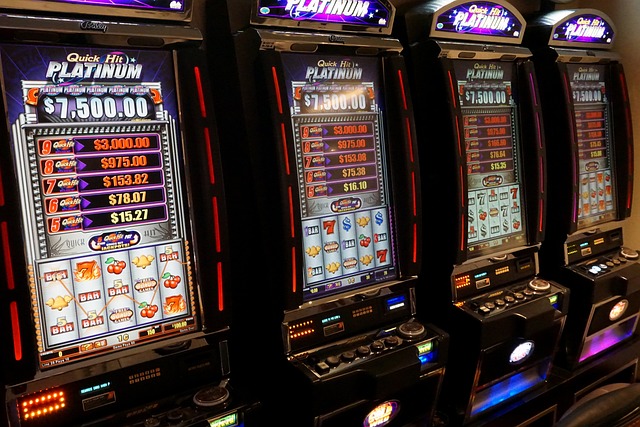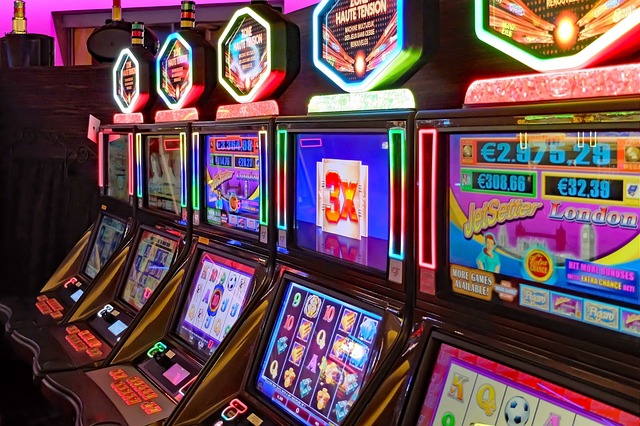Slot machines have transformed from simple mechanical devices into complex digital systems that dominate both land-based and online casinos. This evolution mirrors the broader shift in gaming technology, where precision engineering meets immersive software design. Understanding how slot machines developed helps players appreciate their mechanics—and make more informed choices when they play.
From Levers and Springs to Electric Circuits
Early slot machines were entirely mechanical. In the late 19th century, players pulled a lever to spin three metal reels, each engraved with symbols. Payouts were triggered by physical alignment and verified by mechanical sensors. These early designs were simple but limited: each machine could only hold a few symbols and combinations.
By the 1960s, electromechanical systems replaced the purely mechanical components. Motors and electrical circuits allowed for larger reels, new symbols, and multiple paylines. The lever remained, but it was now more symbolic than functional. For the first time, casinos could offer higher jackpots and more complex payout structures.
Key difference:
| Era | Technology | Player Control | Max Symbols per Reel |
|---|---|---|---|
| Mechanical (1890s–1950s) | Springs and gears | Physical lever | 10–20 |
| Electromechanical (1960s–1980s) | Motors and sensors | Lever/button | 20–50 |
| Digital (1990s–today) | Software and RNG | Button/touchscreen | 100+ |
The Rise of Digital and Video Slots

Digital microprocessors in the 1980s made it possible to replace physical reels with screens. This opened the door for video slots—machines where results are determined by software rather than mechanical limits. Random Number Generators (RNGs) replaced gears and springs, ensuring that every spin’s outcome was independent and mathematically random.
With screens came creativity. Developers could use animations, themes, and bonus features. The variety exploded—from classic fruit machines to narrative-driven games with cinematic quality. Players were no longer just pulling a lever; they were engaging with a mini digital world.
RNG and Fairness
An RNG (Random Number Generator) is the heart of every modern slot. It continuously produces random sequences, even when the machine is idle. When a player presses “spin,” the current number sequence determines the reel outcome.
This system prevents manipulation. No timing trick or betting pattern can influence the result. Still, understanding volatility—how often and how much a slot pays—is essential for managing risk.
Quick rule of thumb:
- Low volatility = frequent small wins.
- High volatility = rare but larger payouts.
Online Slots and Mobile Integration
The 2000s brought internet connectivity and mobile access. Players could now spin reels anywhere, anytime. Online slots mirrored physical machines but offered greater convenience, lower minimum bets, and more frequent promotional bonuses.
Software developers began optimizing designs for smartphones. Touch controls replaced buttons, and cloud-based RNG systems made gameplay seamless across devices. The digital model also improved transparency—players could instantly check payout rates (RTP) and volatility before playing.
The Role of Regulation
As online casinos grew, regulation tightened. Licensing bodies required independent audits of RNGs and payout ratios. This oversight created a more stable environment for players, though unlicensed platforms still exist.
A simple checklist for safety:
- Verify that the casino displays a valid gaming license.
- Check that the slot’s RTP is between 94–98%.
- Look for third-party certification (e.g., eCOGRA, GLI).
The Future: VR, AR, and Skill-Based Play

Today, slot design merges gaming and technology in new ways. Virtual Reality (VR) and Augmented Reality (AR) casinos are creating fully immersive environments. Players can walk through virtual casino floors, pull digital levers, and interact with others in real time.
Skill-based slots are also emerging, blending player input with traditional chance mechanics. Instead of relying purely on luck, players influence outcomes through reflex or decision-based mini-games. This appeals to a younger demographic used to video game interaction.
The next phase may rely on AI-driven personalization—machines that adapt themes and difficulty to individual preferences. But as technology evolves, the core appeal remains the same: a mix of chance, excitement, and the possibility of reward.
